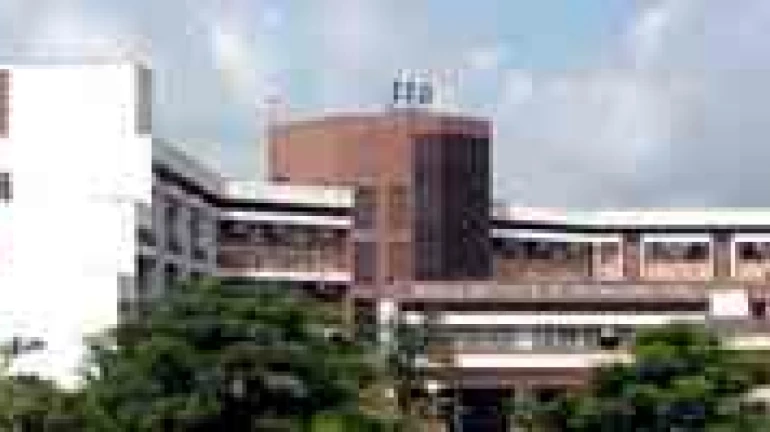
The Colaba Observatory in Mumbai, one of the oldest observatories in the world, has been recording changes in the strength and direction of the Earth's magnetic field since 1841. It is also one of the few observatories in the world that recorded the Carrington event of September 2, 1859, when a burst of energy from the Sun travelled 150 million kilometres to reach Earth, knocking out much of the telegraph system.
The observatory has preserved 180 years of work in the form of magnetograms (graphical records), microfilm and hard copy volumes. A key record is the Moos Volume, an 1896 compilation attributed to Dr Nanabhoy Ardeshir Moos, the first Indian director of the Colaba Magnetic Observatory. The Moos Volume is a reference material used across the world. The observatory is now part of the Indian Institute of Geomagnetism (IIG), which operates 13 magnetic observatories across the country and hosts a World Data Centre for Geomagnetism, which maintains comprehensive geomagnetic data.
Now, the observatory has set itself the task of digitising all its data sets. This work will be carried out by the recently inaugurated Colaba Research Centre. "This (digitisation) may help create a benchmark for the possibility of occurrence of geomagnetic storms in future. The centre will also undertake research activities on the impact of space weather and allied areas," said a press release from the Department of Science and Technology.





